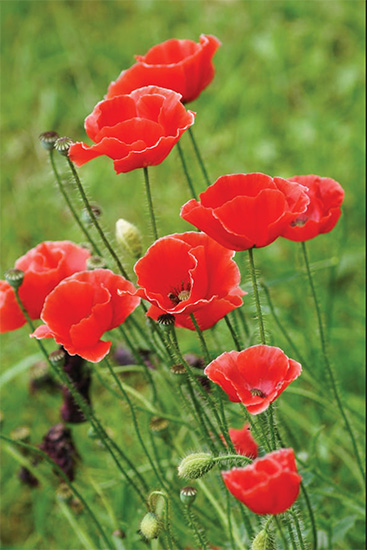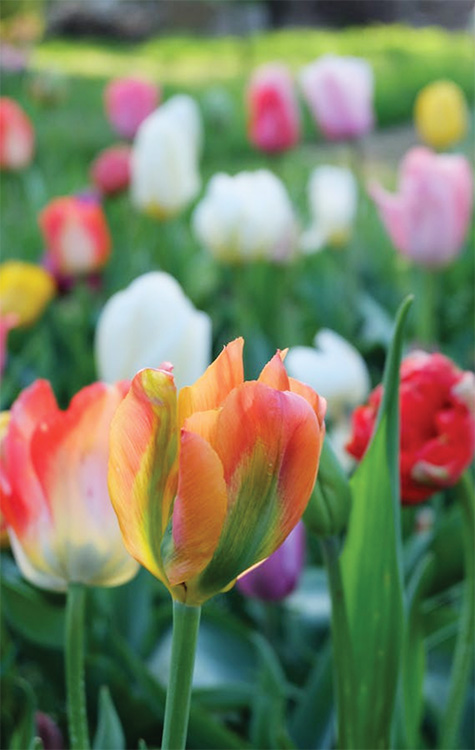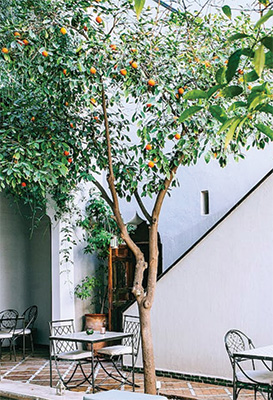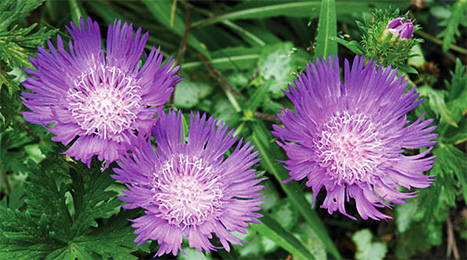As a sweltering summer winds down, it’s safe to say many of us are dreaming of crisp, cool fall weather and more comfortable days spent outdoors. A change of season brings a new set of tasks to tackle in the garden, so here is a to-do list to get you started:
• Start seeds of winter and spring annuals now. They do much better when planted in the fall. You might want to try cleome, dianthus, marigolds, pansy, petunias, snapdragon and verbena. If you’ve always wanted to grow poppies, now is the time to plant them. Poppy seeds need cold weather to germinate.

• Divide and replant perennials such as canna, coneflower, daylily, easter lily, liriope, mondo grass, stokesia and violet.
• Order spring flowering bulbs now; choose early-flowering varieties. Refrigerate tulips, narcissus and hyacinths six to eight weeks before planting, and be sure to keep chilling bulbs away from fruits. Off-gassing from your fruits will hinder blooming success.

• Take softwood cuttings of yellow jessamine, hibiscus and rose mallow.
• Pick plants to dry for fall arrangements. Some good choices are celosia, Mexican sage, goldenrod and plumes of ornamental grasses. Hang these in dark, dry spaces. Some small flowers can be dried in a drying medium. There’s also the microwave-drying method, but a special kit offers the most success. Don’t forget the tried-and-true method of pressing thin petaled flowers in a book or, if you can find one, a telephone book.
• Apply organics to roses. Cut strong stems of roses to outward-facing bud-eyes to encourage new growth before the end of the season. Continue to water.
• Plant container citrus trees now.

• Fall fertilization should be complete by the end of this month. This applies to both bedding plants and lawns. Nitrogen, the first element, makes the growth lush and green. Potassium, the last element in the fertilizer ratio, gives cold hardiness to plants. Fall fertilizer should not have more nitrogen than potassium. Plants must be actively growing for potassium to be taken up by the roots before cold weather. If plants or lawns have gone dormant, it’s too late to fertilize.
• Plant division: As plants spread, new roots and stems on the outside of the clump thrive on fresh soil and breathing space. The center of plants is competing for soil nutrients, water and sunlight. This results in a ring of flowers with a dying center. One type of division is to disconnect them into sections by digging up the plant, cutting and prying it apart. Get as many roots as possible in each section. This method is used successfully for many perennials, including ajuga, aspidistra, daisy, hosta, loriope and stoksia.
TIP OF THE MONTH:
A mini compost pile can be created by double-bagging raked leaves and adding a little water with a handful of fertilizer. Pack lightly, tie securely and turn over occasionally. In a few months, you will have almost free compost for your plants. As plastic breaks down in our hot, humid climate, be sure to double bag.



